
Structured Data Training
Are you considering structured data training to improve your website’s SEO?
Structured data training with us here at 1ON1 SEO Training is your straightforward option for learning about structured vs. unstructured data and how they apply to the web.
Sign up today for two one-hour sessions for $200.

"Let's prove the method by seeing how successful you can be after we work together."
Bruce Jones
author of Learn SEO: Think Like Your Customers to Get More of Them
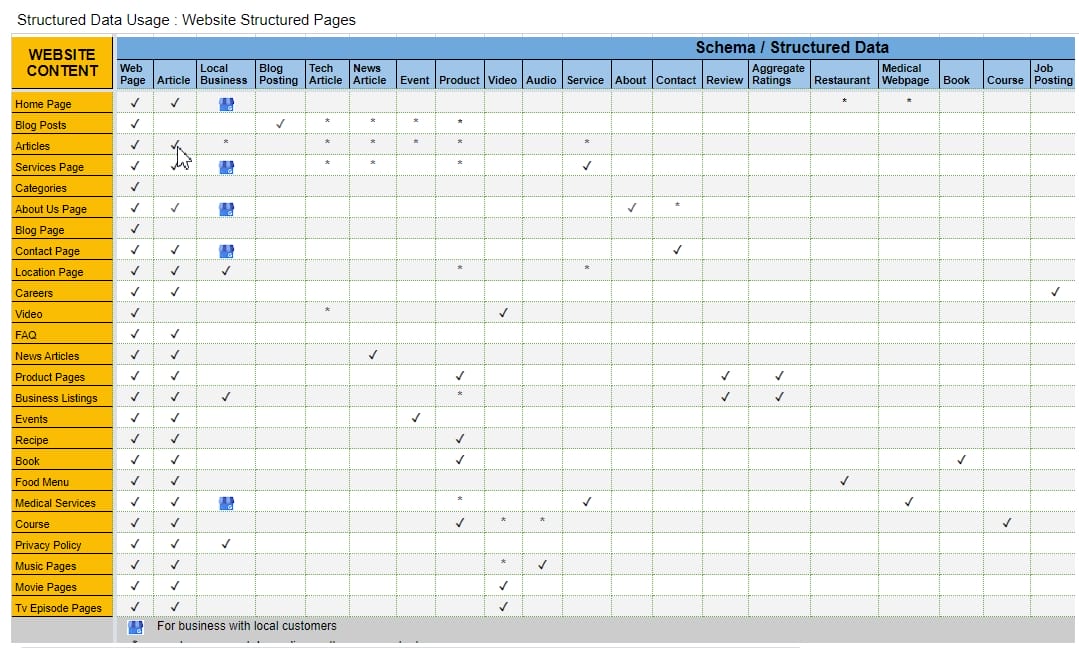
Google and other search engines spend many resources trying to understand websites and online content. Whether the digital content is an image, a blog, or a new video on YouTube or Vimeo, search engines must somehow understand and categorize the content’s nuance, so these platforms may better serve the public.
Online search hugely depends on consumer trends and how people want to use the internet. As of this writing, Google is already revamping search again by making the search engine function more like intelligent AI, so people can “talk” to it through search.
While these changes may alarm professionals or teams that are only beginning to understand how SEO works, have no fear. It begins with understanding the code required to optimize your website.
Custom structured data training is one of the investments you can make in your SEO education that will pay dividends quickly. Why? Google loves structured data. Google devotes several pages of resources to structure data because they want websites to adopt it.
Structured data training with an expert mentor reduces the uphill climb familiar with learning new information and skills.
Your website will sell more products and services and perform better in search engines if it uses structured data properly. Custom structured data training will give you that freedom to grow your business.
In addition, structured data training gives you the power to overcome competitors who may not use structured data correctly. That gives you a considerable edge in SERPs and how your website and content are presented.
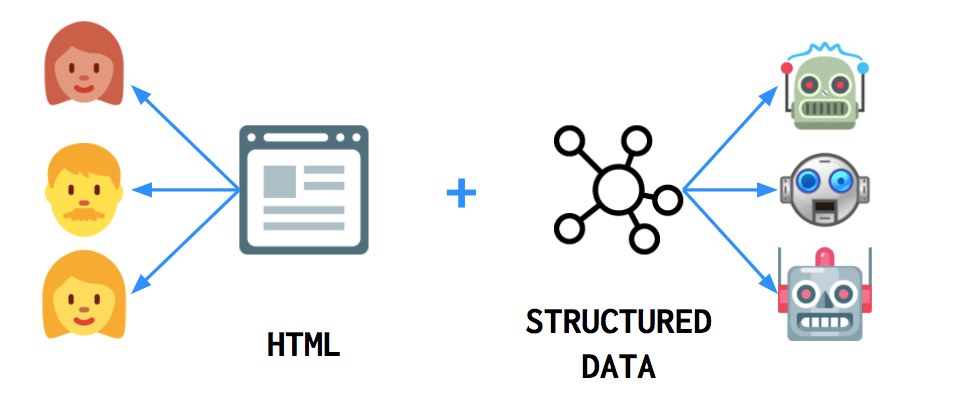
What is Structured Data: The Theory of Structured Data
Data science is the process of unifying disparate entities and distilling disparate data sets into manageable chunks.
You may wonder, “What kinds of data are we referring to?” with all the talk about big data and how businesses use it.
First, you should know that not all data is equivalent. This means that POS and supply chain data are not comparable to the data supplied by social media apps.
While some information is organized, most of it is not. The data format determines how this information is gathered, processed, and analyzed.
Most of us have experience working with quantitative data, a subset of the broader structured data category.
An example of this is information that can be easily organized into predetermined fields and columns in tools like spreadsheets and databases.
Examples of structured data include geolocation, stock prices, credit card numbers, addresses, dates, and names.
Machines can read and work with structured data because of their meticulous organization and straightforward syntax. We’ll cover this in our structured data training sessions.
Professionals with access to a relational database management system and have undergone structured data training can quickly manipulate, search, and enter new data into an existing database.
This ease of use is truly the primary benefit of using organized data and getting structured data training.
SQL is a coding language that helps handle and organize structured data. IBM created SQL in the 1970s, which remains ideal for managing database interactions.
Unstructured data is a subset of qualitative data that defies traditional processing and analysis methods.
For example, data not easily organized into tables or databases include surveillance images, satellite photography, social media content, mobile content, audio files, video files, text files, etc.
Because these types of content lack a consistent data model, unstructured information cannot be stored in a relational database and must be deconstructed manually.
Instead, NoSQL databases are ideal for handling this kind of data. Unstructured data can also be managed by flowing into a data lake in its original, unstructured state.
How to Best Take Advantage of Structured Data?
When you employ structured data after structured data training, you help search engines like Google better understand the content of your pages, goods, and overall website. Before including a page in search results, Google must figure out what it’s about. Using structured data is like conversing with Google about your site’s content.
In addition, the format of your snippet (in the search results) will shift due to structured data. It will give the buyer further details, eventually boosting your results’ click-through rates. More traffic means greater search engine ranks. Therefore, watching the rise of your website’s rich results backed by structured data is crucial. Starting structured data training is equally important.
Although its use may initially appear daunting, you can access structured data functionality in many top SEO plugins. However, you may still need development expertise to modify or add more parameters to your website’s structured data. As the work gets more molecular, so does the required knowledge for structured data. You’ll need to acquire the proper code, modify it, and then incorporate it into your website.
Schema Markup Training:
What Are the Types of Structured Data?
Schema.Org provides a complete list of structured data types that can help you improve your website’s SEO. Knowing some of the most common ones used for presenting web content would be a helpful development in your studies of structured data.
While we can’t list all the structured data types here, we’d like to present a few (with explanations) just to demonstrate how useful these are for helping search engines understand what is presented on a website.
Abridged
Indicates whether a book has been abridged or not.
Accepts Reservations
shows whether a FoodEstablishment accepts bookings or reservations or not. It can be answered with Yes or No.
Contactless payment
Shows that a customer can pay with NFC, RFID, debit or credit cards, and other intelligent payment devices.
Directly
shows that a job posting allows a person to apply directly on the website.
in Store Returns Offered
Another yes/no condition for stores, enabling them to inform customers if they offer returns.
is Family Friendly
Indicates the family-friendliness of a piece of content.
A considerable part of the effort in schema markup training and implementing structured data is making sure that the structured data on each part of a website is correct based on the function and intention of the web page.
For example, the structured data for a Contact Us page would be different from the implementation on a Services page. The goal of schema markup training is to get the structured data right the first time and then subsequently improve what is already correct.
If you look at the snippet above, you’ll notice that our SEO consultancy business listing includes a five-star rating bar and a quantity of existing online reviews.
Unfortunately, not many websites show this in the same industry, and that’s because you need to know which plugin to use and what type of structured data to use.
Search engines eventually pick up changes in structured data, so don’t worry if your website doesn’t have any implemented correctly right now. What’s important is you know how valuable custom structured data training can be to any organization.
Google supports various structured data formats
Microdata
The markup is inserted into the head of your page via a Javascript object when using JSON-LD. You may easily integrate this lightweight and straightforward style into your site without worrying about disrupting anything. Also, Google recommends this format.
RDFa
Data connected to HTML5 pages can be published with RDFa. While functional, this alternative isn't favored by Google and isn't our first pick.
JSON-LD
JSON-LD makes it slightly more probable that a page may crash if not correctly implemented because the structured data is embedded in the main HTML of your page. Of course, it probably won't do that if you're familiar with code, but your intern, who has never written a line of code before, could add support for JSON-LD without breaking anything.
How To Test If Structured Data is Added Correctly?
“Structured data” refers to a blueprint crawling search engine robots can use to comprehend the page’s information better. The data is also utilized to provide supplementary content, such as user ratings and reviews, within the search results.
Any refinements you add to your website with better-structured data must also be tested after your custom structured data training.
You can check out our resource on Structured Data Tools for more information on the most current tools that you can use to examine structured data and countercheck if you’re using the correct types.
When you sign up for custom structured data training with us, and you explore structured data tools online, you’ll notice that these tools do at least one of three things:
- They detect if a website uses structured data.
- They validate the structured data used.
- They test current structured data on a website.
Partner with
1ON1 SEO Training
and
Master Structured Data
1ON1 SEO Training is committed to structured data training for all professionals, from SEO specialists to digital marketing managers and strategists. SEO is a critical foundation of inbound marketing, and structured data training ensures that search engines understand your website. Partner with Bruce Jones, SEO scientist and the founder of six different SEO companies for your custom structured data training needs.
With twenty years in the industry and immeasurable experience in helping innovative companies grow, Bruce inspires people to grow their web presence with SEO for long-term gains and profitability.
How to Make Structured Data Learning Easier and More Fun
Learning schema markup can seem challenging at first, but it doesn’t have to be a daunting task. With the right approach and mindset, you can make learning schema markup easier and even enjoyable.
Understanding structured data is essential for many fields, including data science, programming, and business analytics. Here are some tips to help you learn structured data in a way that’s both effective and fun.
1. Start with the Basics of Schema Markup
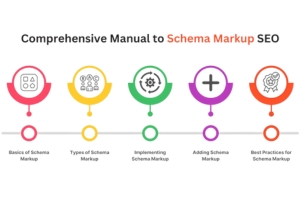
Before diving into complex data sets, make sure you understand the fundamental concepts. This includes knowing what structured data is, how it differs from unstructured data, and why it’s important. Structured data is typically organized into rows and columns, making it easy to search and analyze. Think of it like a well-organized filing cabinet where everything is labeled and easy to find. Spend time learning basic data formats like CSV (Comma Separated Values) files and spreadsheets, as they’re commonly used in real-world applications.
2. Use Real-World Examples for Structured Data Training

One of the best ways to make learning structured data more engaging is by working with examples that interest you. For instance, if you love sports, try analyzing structured data related to sports and how these work into websites. If you’re into movies, look at data about films and actors and how structured data makes it easier for massive websites like Wikipedia keep itself organized for online searches. When you work with data that relates to your interests, it’s easier to stay motivated. You can also try using public data sets available online. Websites like Kaggle and Google Dataset Search offer a wide range of data sets that cover almost every topic imaginable.
3. Visualize Structured Data and How They Interconnect
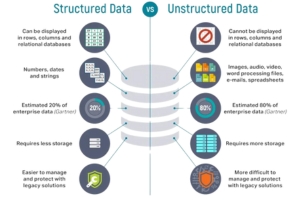
Data visualization can make structured data more understandable and fun to work with. Visual tools like graphs, charts, and heat maps allow you to see patterns and trends at a glance. You don’t need to be an expert in advanced software to start visualizing data. Programs like Microsoft Excel and Google Sheets offer built-in tools that let you create basic graphs and charts. There are also free platforms like Tableau Public that make it easy to build more advanced visualizations. Seeing your data come to life in a visual format makes the learning process much more enjoyable.
4. Work with User-Friendly Tools

Learning structured data doesn’t require complicated software.
Start with user-friendly tools that simplify data analysis. Programs like Excel or Google Sheets are great for beginners.
They allow you to manipulate, filter, and organize data without needing advanced programming skills.
5. Break Down Complex Problems Related to Working on Structured Data
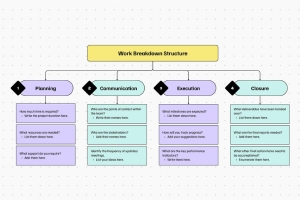
Structured data can sometimes seem overwhelming, especially when working with large data sets. The key is to break down complex problems into smaller, manageable tasks. Instead of trying to analyze everything at once, start by focusing on one aspect of the data. For example, if you’re working with a large table of sales data, begin by looking at a single column, such as the sales numbers for one specific product. By solving smaller problems, you’ll build the skills and confidence to tackle larger data sets over time.
6. Practice with Projects

Learning structured data isn’t just about reading or watching tutorials. The best way to improve is by doing.
Create your own projects to practice working with data.
For instance, you could track your own personal spending habits using a spreadsheet, or analyze the results of a survey you conduct among your friends.
When you apply what you’ve learned to real projects, the material sticks better, and the learning experience becomes more fun and rewarding.
Key Takeaways
Learning structured data doesn’t have to be difficult or boring. By starting with the basics, using real-world examples, and making the process visual, you can make it both easier and more fun. Break down complex problems, practice through projects, and involve others to keep the motivation high. When you take a playful and practical approach, you’ll find that mastering structured data becomes an enjoyable and rewarding journey.
